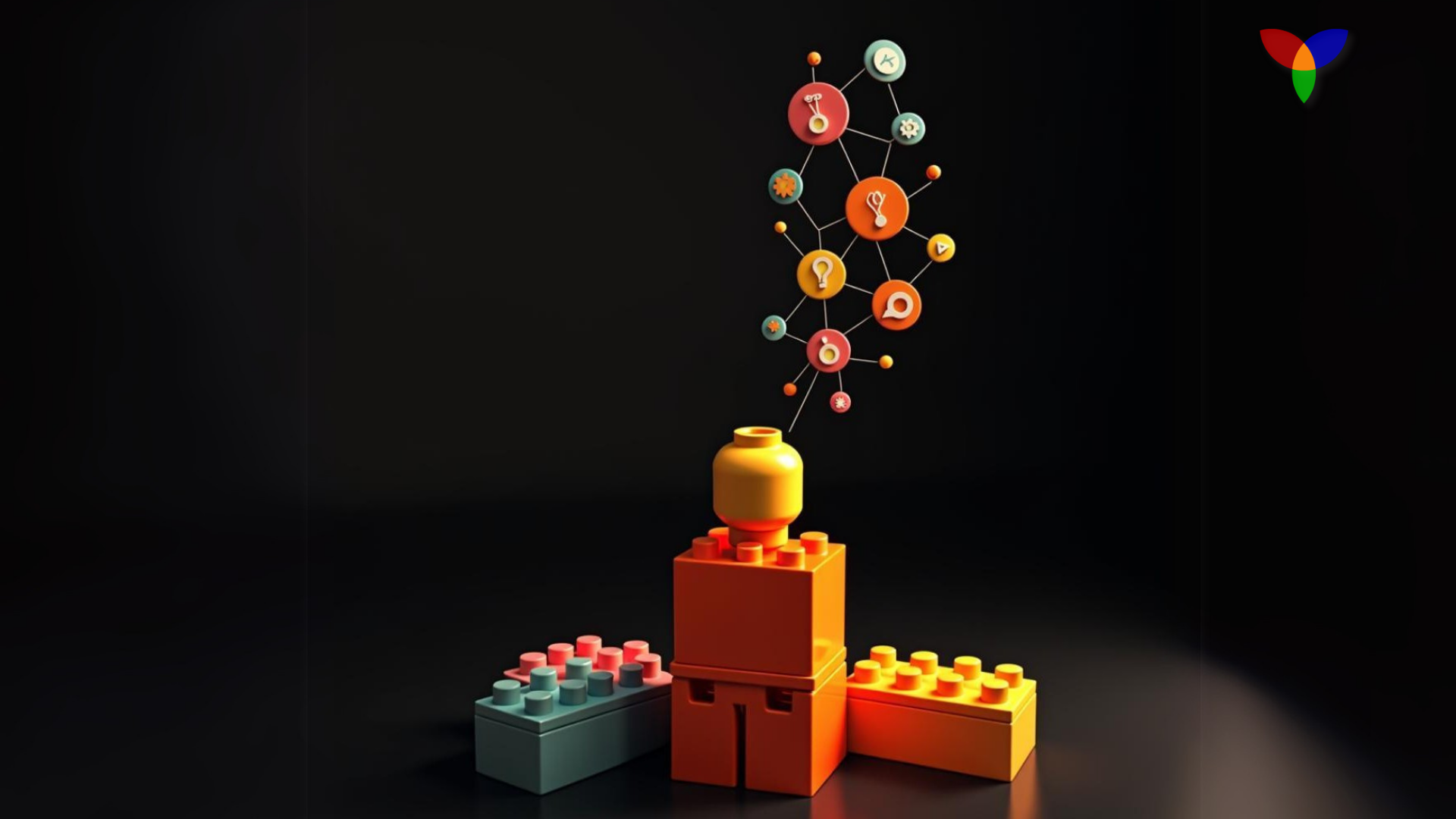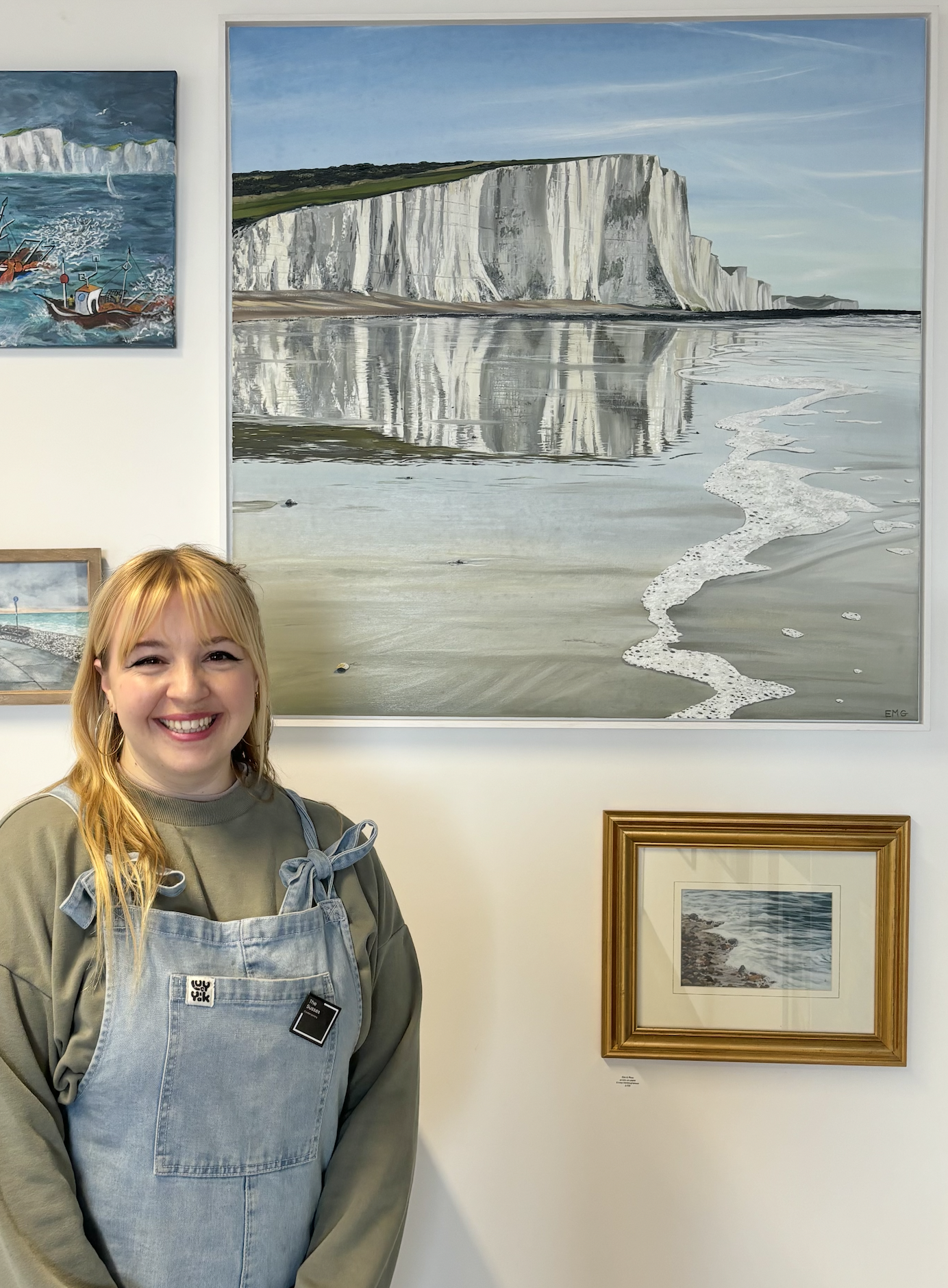In today’s fast-paced business environment, traditional training methods often fall short of creating meaningful connections and lasting learning. The numbers tell a compelling story: motivated workers outperform those with low engagement by 202%, while employee satisfaction increases by up to 50% when surrounded by people with whom they are friendly. Forward-thinking organizations are discovering that play-based learning techniques—from storytelling exercises like Pecha Kucha and Pixar Pitch to hands-on methods like Lego Serious Play and music-oriented activities—are revolutionizing how teams learn, connect, and perform together.
Breaking Down Barriers Through Shared Creativity
When teams engage in playful learning experiences, something remarkable happens: hierarchies dissolve, and authentic connections emerge. Pecha Kucha sessions, where participants present ideas in precisely timed 20-slide formats, level the playing field by giving everyone the same constraints and creative challenge. Similarly, the Pixar Pitch format (“Once upon a time… Every day… Until one day… Because of that… Because of that… Until finally… From then on…”) transforms complex business concepts into relatable narratives that resonate across departments and experience levels.
These storytelling techniques foster team cohesion by creating shared experiences and common language. When a finance manager and a creative director both struggle with the same 20-second slide timing, they’re no longer separated by job titles—they’re collaborators facing a creative challenge together.
Building Communication Skills Through Creative Expression
Lego Serious Play exemplifies how tactile, playful activities can unlock communication potential. When team members build metaphorical models with their hands, they often express ideas and concerns that might never surface in traditional meetings. The physical act of building bypasses the analytical mind and taps into intuitive understanding, allowing for more honest and creative communication.
Music-oriented exercises work similarly, using rhythm, melody, harmony and music appreciation as vehicles for exploring team dynamics. These activities help teams practice non-verbal communication, active listening, and synchronization—skills that directly translate to workplace collaboration.
Creating Psychological Safety Through Playful Vulnerability
Play creates a unique psychological container where vulnerability becomes strength. This matters more than many realize: Google’s landmark Project Aristotle, which studied over 250 team-level variables, found that psychological safety was the most critical factor determining team effectiveness. Teams with high psychological safety ratings actually brought in more revenue, exceeding their sales targets by 17%, while those with low psychological safety fell short.
When team members see their colleagues struggle with a creative challenge or laugh at their own mistakes during a storytelling exercise, it humanizes everyone involved. This shared vulnerability builds the psychological safety that teams need to take risks, admit mistakes, and contribute bold ideas.
The temporary “magic circle” of play allows people to experiment with different aspects of their personality and communication style without fear of judgment. A typically reserved team member might discover their storytelling voice during a Pixar Pitch session, while a dominant personality might learn to collaborate more effectively through Lego Serious Play.
Developing Emotional Intelligence and Mental Wealth
These creative learning techniques are particularly powerful for developing emotional intelligence. Story-based exercises require participants to consider multiple perspectives, practice empathy, and understand the emotional arc of experiences. Music activities develop emotional attunement and the ability to “read the room” through non-verbal cues.
Perhaps most importantly, play-based learning contributes to what we might call “mental wealth”—the cognitive and emotional resources that enable teams to thrive under pressure. By engaging different parts of the brain and creating positive associations with learning and collaboration, these techniques build resilience and adaptability.
The research is clear: teams that play together don’t just work better together—they innovate more effectively, communicate more openly, and create more inclusive environments. With 84% of employees saying that fostering a sense of community is important to their employers, and companies that build positive culture seeing up to 400% growth in revenue, the power of play isn’t just nice to have—it’s essential for competitive advantage.
Jez Kay

Sources:
- Great Results Team Building. (2025). Team Building Statistics Show Strong Impact on Culture and Teamwork.
- (2024). Team Building Statistics 2024: Effectiveness and Engagement.
- Google’s Project Aristotle findings on psychological safety and team effectiveness.
- Think with Google. (2025). Team dynamics: The five keys to building effective teams.
- Surf Office. Team building statistics, facts, and figures.
Copyright © 2025 Jeremy Francis Richard Kay All Rights Reserved





